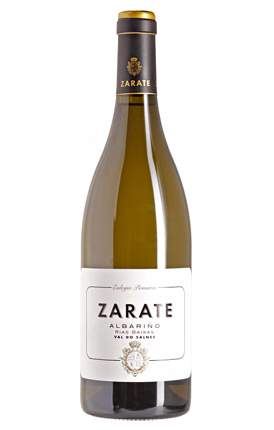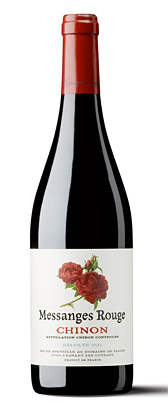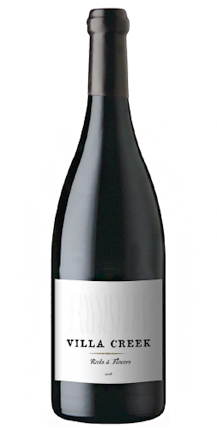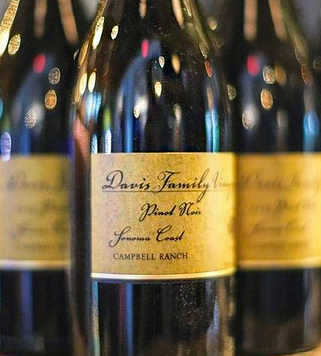For the wine snob: The Pueyo Family has owned Belregard Figeac since 1853. The estate has remained in the family and this continuous ownership is accompanied by the priceless and intimate knowledge of the best parcels of each vineyard gained through seasons of observation. This is the kind of understanding that no amount of time at university can replace. The vineyards are situated on the slopes near the picturesque village of Saint Emilion but in the section that borders Libourne and Pomerol. Saint Emilion is a large appellation, with noticeable variation in soil types, over 17 different combinations of soil and subsoils are classified here, resulting in wines that can be very different from one another.
For the rest of us: Merlot predominates at Belregard Figeac, comprising 68% of the vineyards. Cabernet Franc (25%) and Cabernet Sauvignon (7%) make up the rest. The vines are an average 35 years old (as of 2011). The grapes for this wine are harvested (by hand) from vineyards that border the Lalande de Pomerol appellation. The grapes undergo a three-day cold maceration; the alcoholic fermentation then proceeds for eight to ten days. Rich, ripe, dark fruit followed by dry oak and earthy flavors. Medium-plus acidity and medium-plus tannins, big bodied. Full and round, but with lots of layers, prominent tannins, and good acidity rounds out the finish.







